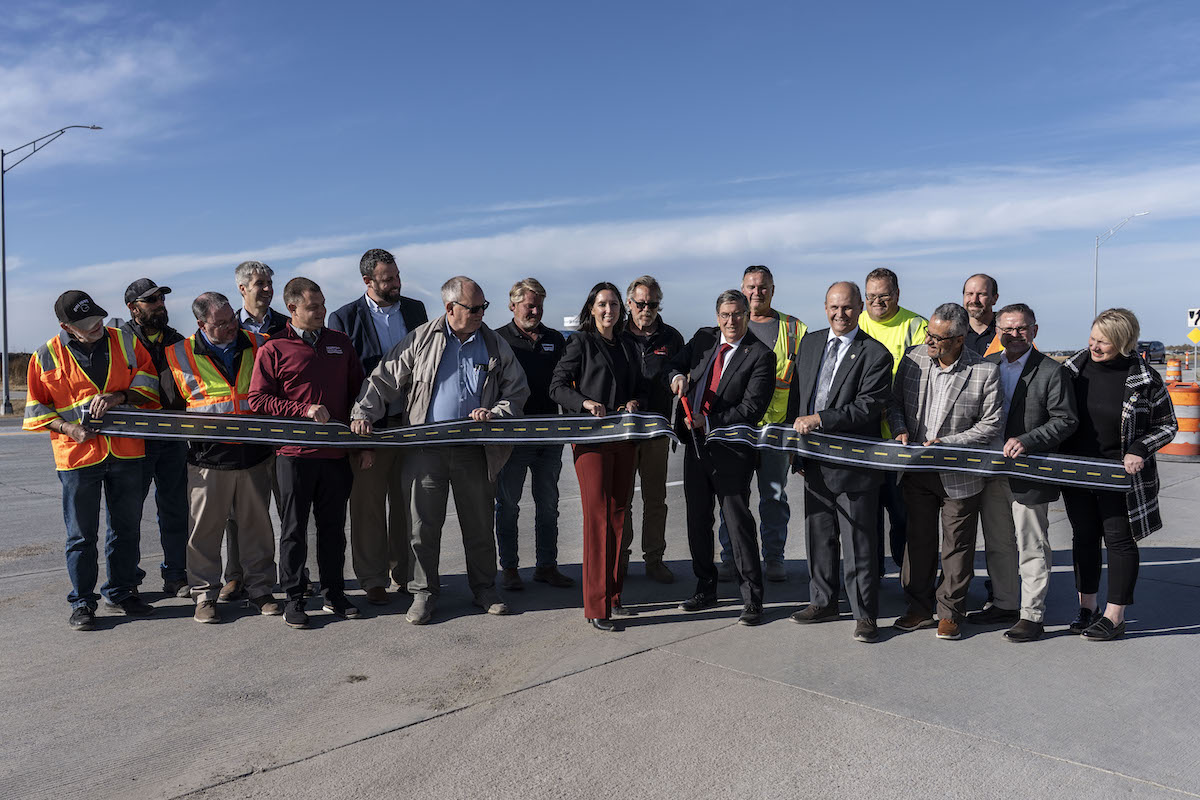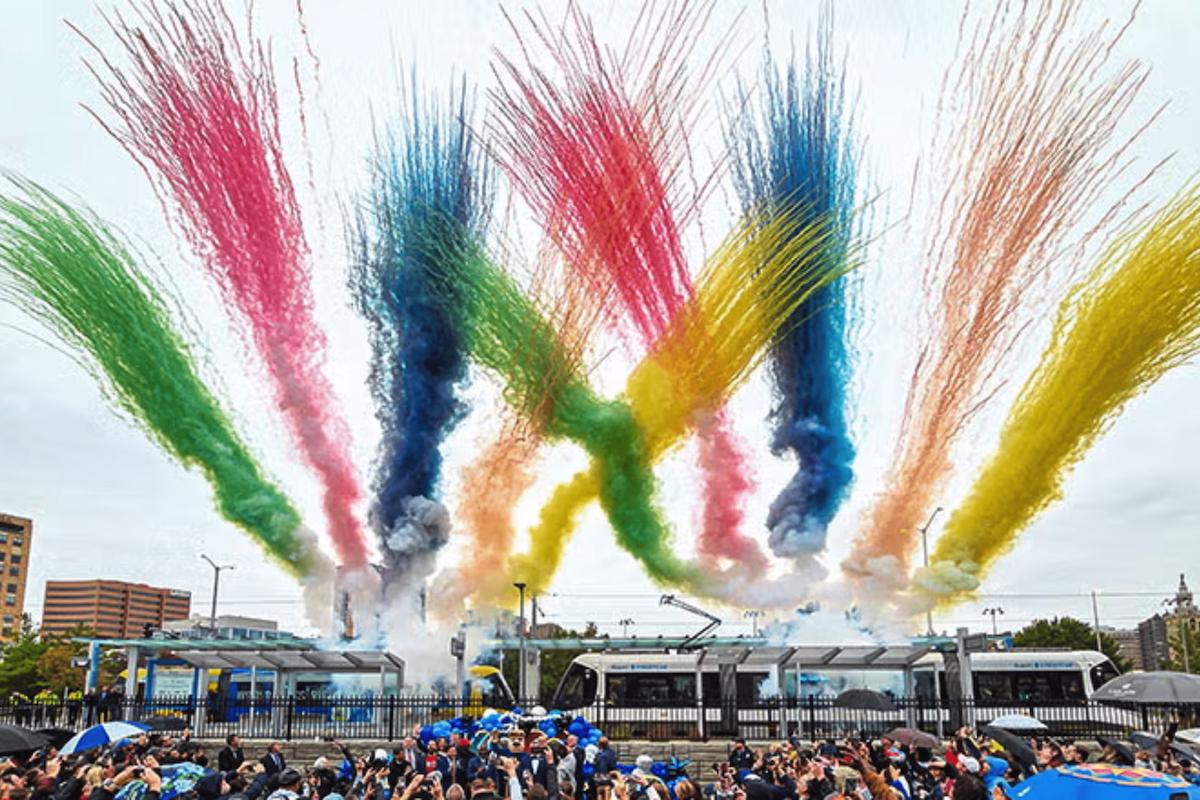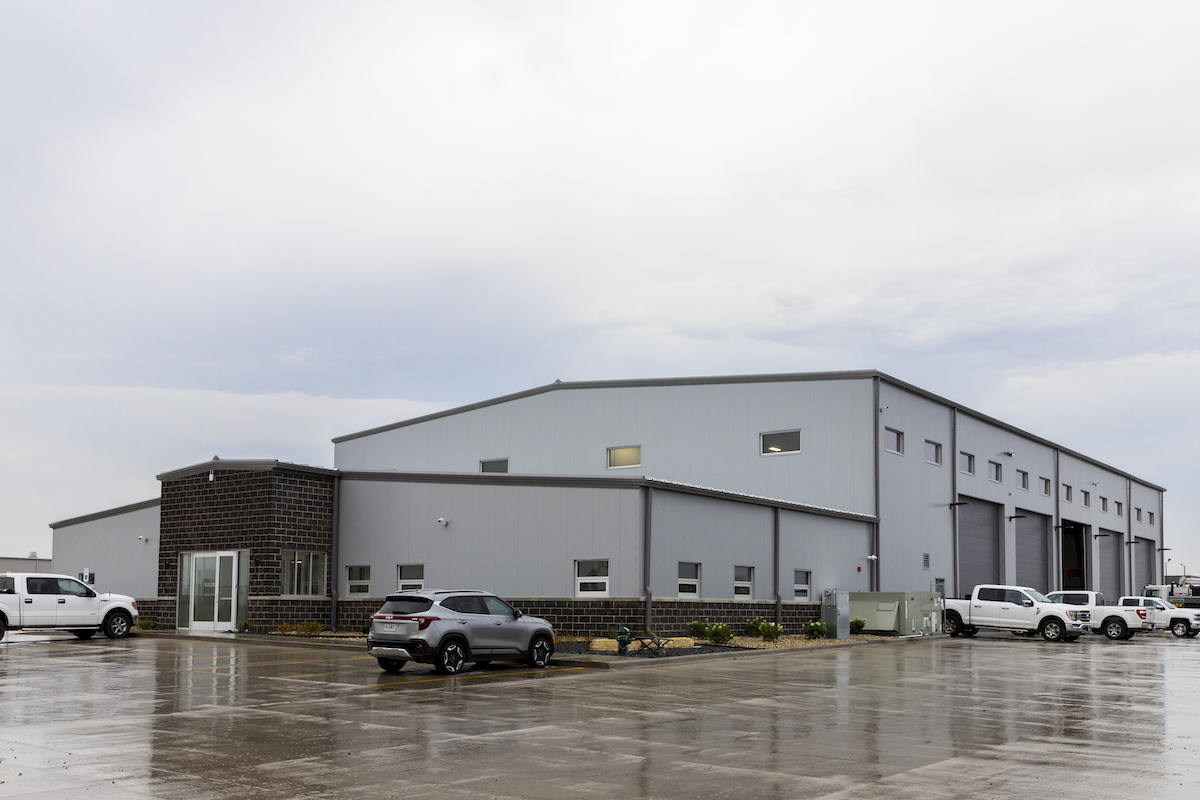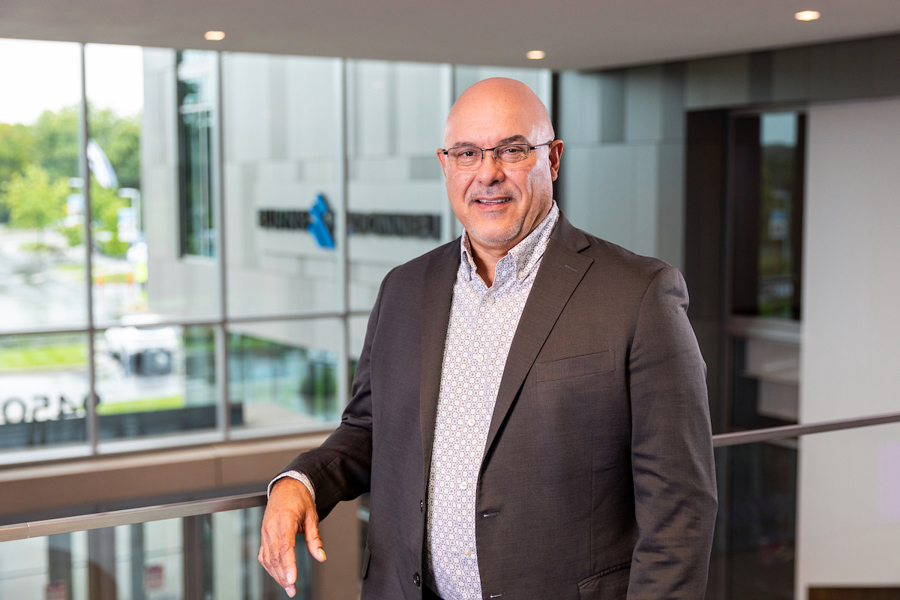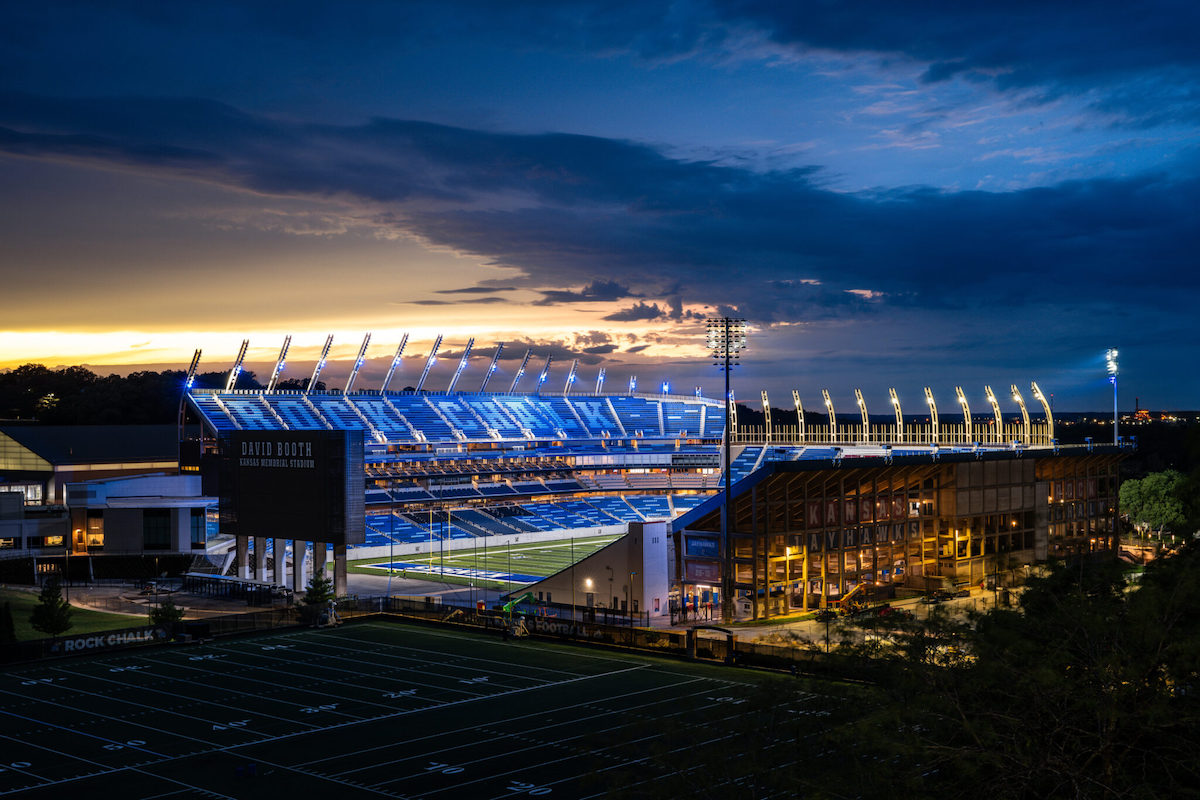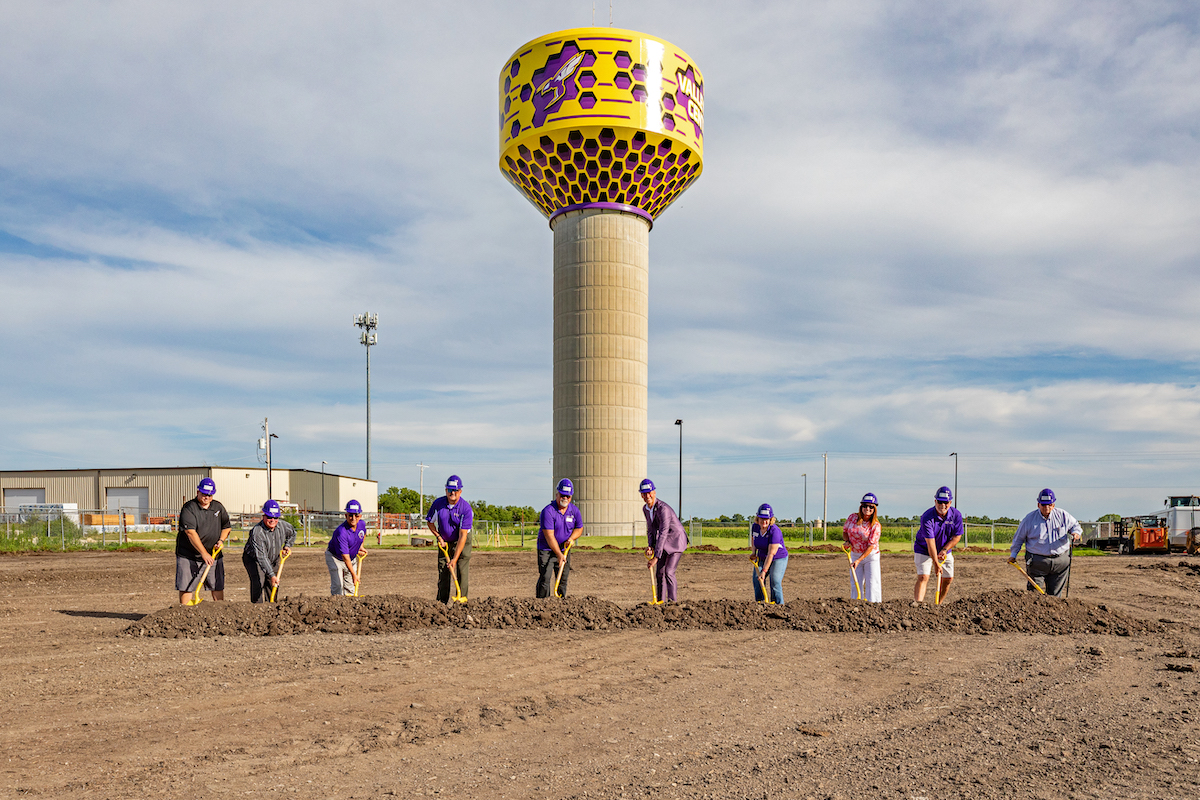For instance, the New York State Thruway Authority’s 27 service areas are in the process of being redeveloped as part of a $450 million private investment plan with Empire State Thruway Partners, operated by Applegreen Limited. The Thruway’s service areas were built in the 1950s and last upgraded in the 1990s.
In 2018, the Thruway Authority issued a request for proposals for design, construction, financing, operation, and maintenance of the service areas. As part of the competitive bidding process, Empire submitted a plan to rebuild 23 of the 27 service area restaurant buildings and provide significant renovations and upgrades to the remaining four. Their contract includes two phases of construction and covers a 33-year term.
Empire hired AECOM Tishman as the design-build contractor. Construction began in 2021, staged so that no two consecutive service areas in the same travel direction close at the same time. While crews reconstruct the building at each site, fuel services remain open.
The project will modernize each service area with new food options and enhanced amenities for travelers and the commercial trucking industry.

| Your local Leica Geosystems Inc dealer |
|---|
| Laser Specialist inc |
In addition, the project team partnered with Nexii Building Solutions, Inc., headquartered in Vancouver, British Columbia, to manufacture the building envelope at each reconstructed service area. Nexii offers a durable, non-toxic concrete alternative called Nexiite that they pour and cast into custom-designed, prefabricated panels. Nexiite contains no Portland cement, lime, or adhesives.
According to the company, Nexii panels require fewer resources and significantly reduce end-to-end carbon emissions. The company also says that with a high-performance, airtight envelope, Nexii buildings use, on average, one-third less energy overall and half the heating energy of standard builds.
For the first phase of the New York Thruway service areas project, Nexii manufactured 10 buildings ranging in size from 6,400 to 14,800 square feet. In July 2023, Nexii completed assembly of the first of 13 structures they will manufacture over the next two years for the project’s second phase.
Integrated Fabrication
At the beginning of the New York Thruway project, “Possibly the biggest challenge for Nexii, and the project team as a whole, was the timing of our engagement,” said Matthew Walmsley, Nexii’s Director of Assembly. “The design for the first 10 buildings had already been completed, and so the team as a whole had to come together once it became apparent that the Nexii wall panel was a viable alternative for this application.”
With the structural steel already procured for those 10 structures, Nexii’s design group worked with Empire’s project management and design teams to adapt the panel system.
“Through this collaborative approach, we were able to develop an alternative solution which met or exceeded the performance requirements within the project specification and improved the ratio of minority/women-owned business enterprises on the project while meeting strict schedule and cost constraints,” said Madisen Siddall, Nexii’s Project Manager.
For the 13 buildings in the second phase, “Thankfully with greater involvement in the preliminary design, the steel frame was developed between Nexii, the design team, and the steel fabricators, allowing for much tighter integration between the structure and the envelope,” Walmsley said.
The project’s portfolio includes two basic building types. However, “While buildings of one type may appear to be identical, there are subtle nuances which make each unique,” Walmsley said. “This presented challenges through the design and manufacturing process which the Nexii team was able to overcome.”
Geography added another difficulty.
“A new system means more approvals – everything from paint colors and texture to the size and orientation of the panels, not to mention pages and pages of engineering calculations,” Walmsley said. “With physical samples being couriered from Vancouver and Pennsylvania (Nexii’s fabrication site for the first 10 buildings) to New York and Applegreen’s headquarters in the Republic of Ireland, occasionally there were unanticipated holdups as samples crossed international borders.”
Tight Installation
As the project progresses into its second phase, Nexii is manufacturing panels at their corporate plant in Squamish, British Columbia, and trucking them to New York. To avoid complications, they work with the project team for just-in-time delivery.
“Construction sites, particularly those on the Thruway project, aren’t typically roomy,” Walmsley said. “With limited opportunity for laydown areas, understanding when the site is available for panel installation is critical, especially when shipping to the site can be a Herculean task.”
When the finished panels arrive at the jobsite, they fit together like jigsaw pieces, generating near-zero onsite waste. Installation crews use cranes – ranging from tower cranes to spider cranes and telehandlers – to lift the panels from flatbed trucks.
“Crane size is dependent on a number of issues, mainly access around the building – how close we can get to the building and how close we can get the trailers to the crane – as well as the size and weight of the panels,” Walmsley said.
For the first 10 buildings, the contractor supplied the installation crew. For the last 13, Nexii provides the crew. They use various pieces of hardware to attach the panels to the structural steel frame, then seal the building.
“This involves closing off all the panel joints and interfaces with the structure to ensure that the building is weather-, water-, and airtight,” Walmsley said.
The installation process at each service area takes four to seven weeks, depending on the size of the building. Smaller structures, such as the Port Byron Service Area, include 50 to 60 panels. Larger buildings require over 100 panels, with 120 needed for the biggest structure at the Ramapo Service Area.
“That excludes the curb panels at the base of the buildings, which are also a Nexii product in the second group of 13,” Walmsley said.
The project team anticipates opening all the reconstructed service areas by 2025. In early fall 2023, 11 of the service areas already reopened, 13 were under construction, and three had yet to start.
In addition to sustainable features and fuel services, amenities at the new Thruway service areas will include modern restaurant concepts, outdoor seating, food trucks, playgrounds, pet walking areas, and upgraded restroom facilities.

















